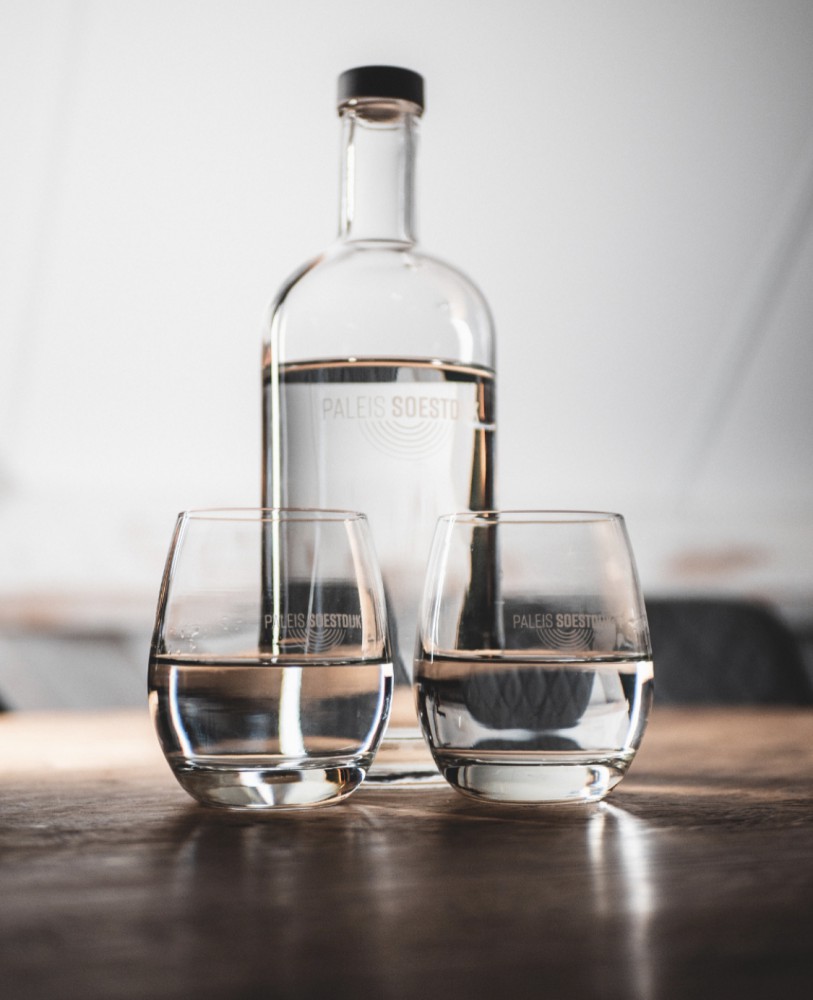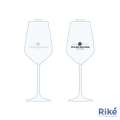Wat is transferdruk?

Een veelgestelde vraag: wat is transferdruk eigenlijk? Bij het bedrukken van glaswerk of servies met jouw logo zijn er meerdere technieken mogelijk. Transferdruk is er daar één van. Maar hoe werkt dat precies? Wat zijn de voordelen, en wanneer kies je beter voor een andere methode zoals zeefdruk of digitale print? In deze blog leggen we het stap voor stap uit.
Stap voor stap: zo werkt transferdruk
Transferdruk is een verfijnde techniek die vaak wordt gebruikt voor meerkleurige of gedetailleerde logo’s. De opbouw is nauwkeurig en grotendeels handmatig. Hieronder nemen we je mee in het proces.
Stap 1: Design bepalen
Alles begint met jouw ontwerp. Je ontvangt een digitale proefdruk die je kunt goedkeuren of laten aanpassen. Zo heb jij zelf in de hand hoe het eindresultaat eruitziet. Wil je het logo net iets groter, hoger of liever op de andere kant van de mok? Geen probleem – geef je wensen door en we kijken wat er mogelijk is.
Stap 2: Transfers printen, knippen en plakken
Is het ontwerp akkoord? Dan worden de transfers geprint. Daarna worden ze stuk voor stuk gecontroleerd en uitgeknipt. Het logo, gedrukt in keramische inkt en voorzien van een transparant dragermateriaal, wordt handmatig op elk product geplakt. Dit is precisiewerk en wordt met zorg uitgevoerd door ervaren medewerkers.
Stap 3: De oven in
Als de transfers goed geplakt zijn, gaan de producten de oven in. Ze worden op hoge temperatuur (ca. 800°C) gebakken. Daarbij smelt de transparante laag weg en wordt het logo letterlijk in het product ingebrand. Het resultaat: krasvast en vaatwasbestendig drukwerk dat lang meegaat.
Stap 4: Afkoelen en inpakken
Na het bakproces worden de producten afgekoeld, gecontroleerd en zorgvuldig verpakt. Klaar voor verzending!
De voordelen van transferdruk
Transferdruk is niet voor niets een populaire techniek. De belangrijkste voordelen op een rij:
- Perfect voor meerkleurige logo’s: zelfs fijne details zijn mogelijk.
- 100% krasvast en vaatwasbestendig: het logo zit écht in het product.
- Kleine oplages zijn mogelijk, door lage opstartkosten.
- Zeer nauwkeurig: zolang je een vectorbestand aanlevert, is vrijwel alles mogelijk.
En de nadelen?
Zoals bij elke techniek zijn er ook wat aandachtspunten:
- Omdat het plakken handmatig gebeurt, kunnen er onderling kleine verschillen zijn in positie of hoogte. Heel zelden staat er een logo een fractie scheef – dat hoort bij ambachtelijk werk.
Transferdruk versus andere druktechnieken
Welke techniek het beste past bij jouw wensen, hangt af van het soort ontwerp, de oplage en het product. Een korte vergelijking:
- Digitale druk: ideaal voor kleurrijke ontwerpen met veel details. Direct op het product geprint. Geschikt voor kleine oplages en personalisatie.
- Graveren: een luxe techniek waarbij het ontwerp in het glas wordt geëtst. Duurzaam en stijlvol, vooral geschikt voor cadeaus of speciale gelegenheden.
- Zeefdruk: een sterke, slijtvaste druktechniek voor grote oplages. Machinaal aangebracht, dus altijd strak en consistent.
Wil je een kleurrijk logo met fijne details, ook bij een kleinere oplage? Dan is transferdruk een uitstekende keuze. Ga je voor superstrakke lijnen en een lange levensduur? Dan is zeefdruk misschien geschikter. Of wil je een uniek cadeau of een kleine oplage bedrukken met veel kleuren? Dan biedt digitale print uitkomst.
Meer weten?
We denken graag met je mee. Wil je weten wat de beste druktechniek is voor jouw product of ontwerp? Neem gerust contact met ons op of vraag vrijblijvend een [offerte] of digitale proefdruk aan. We helpen je graag verder!
Inhoudsopgave
Populaire blogs












